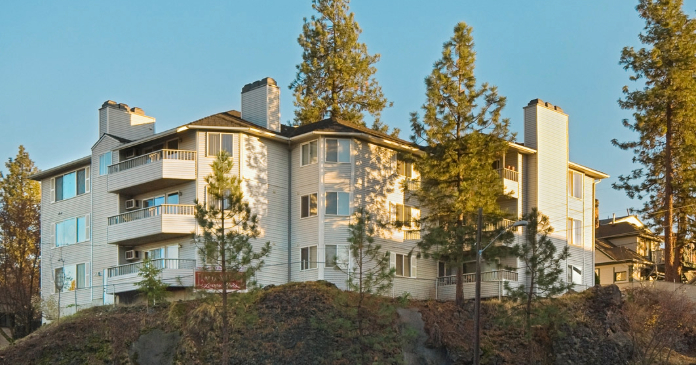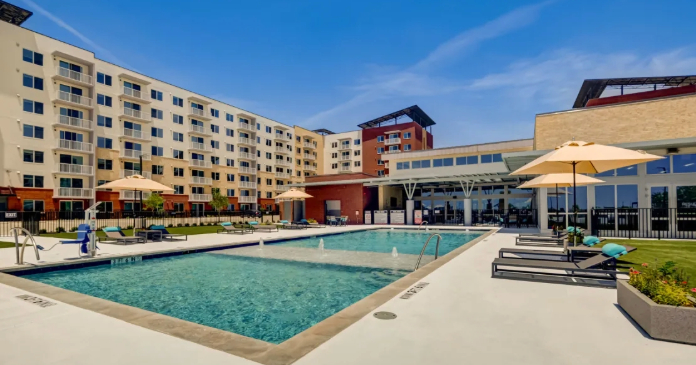| Confidence in the market for new multifamily housing was in negative territory in the fourth quarter of 2023, according to results from the Multifamily Market Survey (MMS) released by the National Association of Home Builders (NAHB). The MMS produces two separate indices. The Multifamily Production Index (MPI) had a reading of 41—below the break-even point of 50—while the Multifamily Occupancy Index (MOI) reading was 77.
The MPI measures builder and developer sentiment about current production conditions in the apartment and condo market on a scale of 0 to 100. The index and all its components are scaled so that a number below 50 indicates that more respondents report conditions are poor than report conditions are good. The MPI is a weighted average of four key market segments: three in the built-for-rent market (garden/low-rise, mid/high-rise and subsidized) and one in the built-for-sale (or condominium) market. In the fourth quarter, sentiment about production of mid/high-rise apartments was weaker than the other market segments. The component measuring garden/low-rise units had a reading of 51, the component measuring mid/high-rise units had a reading of 26, the component measuring subsidized units had a reading of 41 and the component measuring built-for-sale units had a reading of 43. The MOI measures the multifamily housing industry’s perception of occupancies in existing apartments on a scale of 0 to 100. The index and all its components are scaled so that a number above 50 indicates more respondents report that occupancy is good than report it is poor. The MOI is a weighted average of three built-for-rent market segments (garden/low-rise, mid/high-rise and subsidized). In the fourth quarter, sentiment about occupancy in mid/high-rise apartments was weaker than the other market segments. The component measuring garden/low-rise units had a reading of 80, the component measuring mid/high-rise units had a reading of 64 and the component measuring subsidized units had a reading of 88. “Tight lending standards and the high cost of development loans continue to impede the financing of new multifamily projects,” said Lance Swank, president and CEO of Sterling Group, Inc. in Mishawaka, Ind., and chairman of NAHB’s Multifamily Council. “Developers in many parts of the country have also become cautious as they see a substantial number of new apartments being delivered and more that are ready to come online.” “An MPI below 50 at the end of 2023 is consistent with the weakness in multifamily starts the Census Bureau reported in January,” said NAHB Chief Economist Robert Dietz “NAHB projects that multifamily production will be down in 2024, as the number of apartments currently under construction is near its highest level since 1973.” Because the previous version of the MMS series can no longer be used to compare with this quarter’s results, the redesigned tool asked builders and developers to compare current market conditions in their areas to three months earlier, using a “better,” “about the same” or “worse” scale. Fourteen percent of respondents said that the market is “better” than it was three months earlier, while 63% said it is “about the same” and 23% said it is “worse.” For additional information on the MMS, visit www.nahb.org/mms. |












